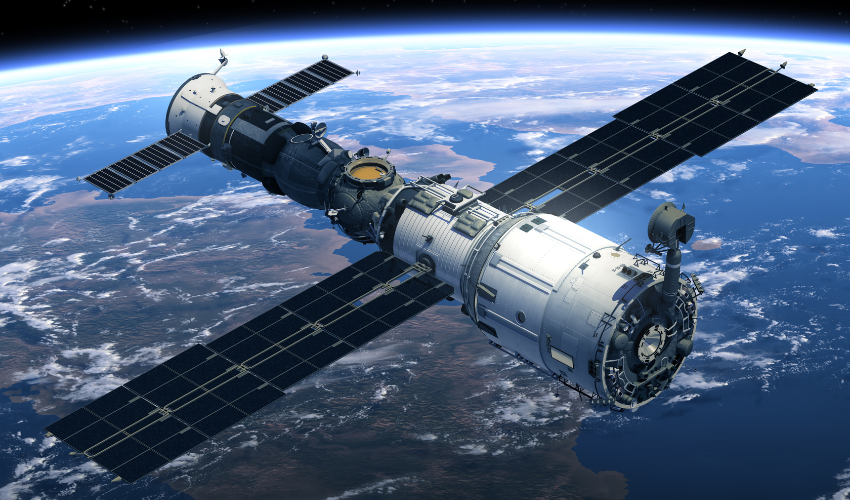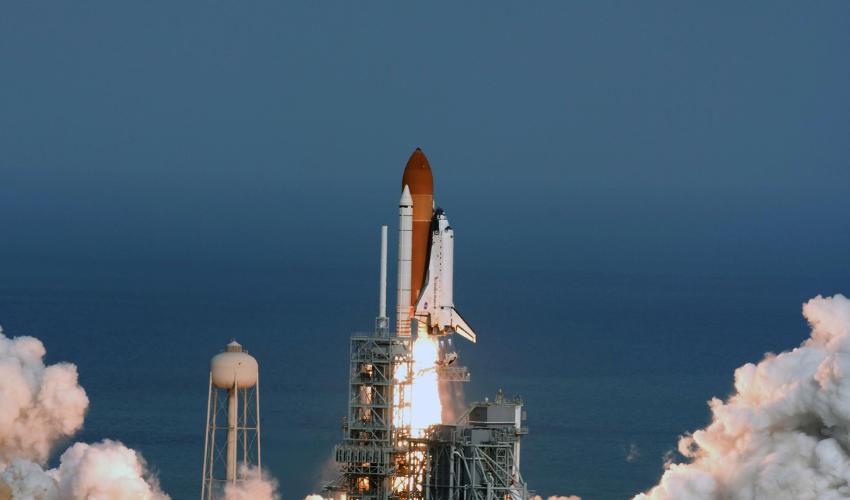Spacecraft have played a crucial role in our exploration and understanding of the universe beyond our planet. These complex vehicles have enabled humans to explore the cosmos and make significant discoveries that have expanded our knowledge of the universe. In this article, we will explore what a spacecraft is, how it works, and the different types of spacecraft that exist.
What is a Spacecraft?
A spacecraft is a vehicle that is designed to travel and operate in outer space. It is a complex engineering feat that requires sophisticated technology and systems to function. The primary purpose of a spacecraft is to explore and study different parts of the universe, including planets, moons, asteroids, and comets.

How Does a Spacecraft Work?
It works by utilizing a combination of technologies and systems that enable it to function in the harsh environment of outer space. Some of the critical components of a spacecraft include propulsion systems, communication systems, life support systems, guidance and navigation systems, and scientific instruments. These systems work together to allow the spacecraft to travel, communicate, collect data, and sustain human life in space.
Types of Spacecraft
- Satellites: Satellites are spacecraft that orbit around a planet or a celestial body. They can be natural, like the moon, or human-made, like communication satellites. Satellites have various functions, including communication, weather monitoring, navigation, and scientific research.
- Probes: Probes are unmanned spacecraft that are designed to explore and study celestial bodies like planets, moons, and asteroids. Probes can orbit around a celestial body, land on its surface, or fly by it to gather data and information about it.
- Crewed Spacecraft: Crewed spacecraft are vehicles that carry human beings into space. They are designed to support and sustain human life in the harsh conditions of space.They have different designs and functions, including transporting astronauts to the International Space Station (ISS), conducting scientific experiments, and exploring the moon and other planets.
Functions of Spacecraft

- Communication: Communication satellites are used to relay signals and messages between different locations on Earth. They are used for broadcasting TV and radio signals, internet communication, and military communication.
- Observation: Observation spacecraft are used to observe and study different celestial bodies, including planets, moons, asteroids, and comets. They gather data and information about these bodies, including their physical characteristics, atmospheric conditions, and geological features.
- Exploration: Exploration spacecraft are used to explore and study different parts of the universe. They are equipped with different instruments and sensors. They enable them to collect data and information about the objects they are exploring.
FAQs
How do spacecraft stay in orbit?
It stay in orbit by achieving the right balance between their speed and the gravitational pull of the celestial body they are orbiting. They need to maintain a certain velocity to stay in orbit and avoid crashing.
How are spacecraft powered?
They are powered by a variety of sources, such as solar panels, nuclear power, and chemical reactions. The type of power source used depends on the design of the spacecraft.
How do spacecraft travel in space?
It travel in space by using rockets to launch themselves out of Earth’s atmosphere and into space. They use a combination of engines and thrusters to maneuver and change direction.
How long does it last?
The lifespan depends on its design and mission. Some spacecraft, like communication satellites, can last for several decades. Others, like probes, have a limited lifespan depending on the amount of fuel and resources they have.
Can it be repaired in space?
Yes, some can be repaired or serviced in space by astronauts or robotic arms. However, repairing a spacecraft in space is a challenging and risky task that requires careful planning and execution.
How does a spacecraft land on a planet or moon?
It can land on a planet or moon by using a combination of thrusters and parachutes. It needs to slow down its speed and carefully maneuver its way to the landing site. That is to avoid crashing or damaging the spacecraft.
Conclusion
In conclusion, it is a remarkable feat of engineering that has enabled humans to explore the vast expanse of the universe. From communication satellites to crewed spacecraft, each type of spacecraft has a unique design and function that contributes to our understanding of the universe. By exploring different celestial bodies and gathering data and information, spacecraft have helped us uncover new knowledge and make significant discoveries about our planet and beyond. As technology advances and our understanding of the universe grows, spacecraft will continue to play a crucial role in our exploration and understanding of the cosmos. So next time you look up at the night sky, remember that spacecraft are out there, working hard to expand our horizons and uncover the mysteries of the universe.





















